Background/Profile of David Tudor
David Tudor (1926–1996) was an American pianist, composer, and pioneer of avant-garde and electronic music, whose innovative contributions reshaped 20th-century experimental music. Initially renowned as a virtuoso pianist, Tudor was a leading interpreter of new music during the 1950s and 1960s, premiering works by composers such as John Cage, Karlheinz Stockhausen, Morton Feldman, Earle Brown, Christian Wolff, and La Monte Young. His technical precision and openness to experimental approaches made him a central figure in the avant-garde scene, particularly through his long association with the Merce Cunningham Dance Company, where he collaborated with Cage and other artists.
In the 1960s, Tudor shifted from performing on the piano to composing and performing with live electronics, designing his own modular electronic instruments. His work in this realm focused on the idea of sound as a physical and spatial phenomenon, often allowing electronic systems to shape compositions in real time. Tudor's approach embraced indeterminacy, collaboration, and the unique sonic properties of physical materials, influencing the development of sound art and installation-based music. His legacy, though sometimes overshadowed by his collaborators like Cage, remains pivotal in electronic music and interdisciplinary art.
Rainforest Composition/Project
Rainforest is David Tudor’s most celebrated work, a groundbreaking electroacoustic composition and installation that evolved through several iterations between 1968 and 1973. Conceived initially as a sound score for Merce Cunningham’s dance Rainforest (1968), which featured Andy Warhol’s Silver Clouds (helium-filled mylar pillows) and costumes by Jasper Johns, the project grew into a collaborative, immersive sound environment. The title was inspired by Cunningham’s childhood memories of the Pacific Northwest’s Olympic National Forest, and Tudor responded by creating sounds reminiscent of birds and animals using custom “instrumental loudspeakers.”
The core concept of Rainforest involves suspending objects—ranging from everyday items like metal barrels and plastic tubing to specially crafted sculptures—in a space, fitted with electromagnetic transducers to make them resonate with sound. Contact microphones capture the objects’ vibrations, which are then filtered, mixed, and redistributed through the system, creating an “ecologically balanced sound system.” This process transforms the objects into unique sound producers, generating a rich, dynamic sonic environment that evokes the organic complexity of a rainforest. The audience is encouraged to move freely among the objects, experiencing varied sonic textures and spatial effects, sometimes even pressing their ears or teeth to the objects to hear vibrations through bone conduction.
Rainforest is celebrated for its innovative use of resonance, its collaborative spirit, and its ability to create a communal, immersive experience. It remains a landmark in sound art, bridging music, sculpture, and performance.
The compact disc Rainforest (Mode 64), released by Mode Records on February 4, 1998, features two versions of David Tudor’s Rainforest performed by Tudor and Takehisa Kosugi (live electronics), with a 16-page booklet containing notes in English, German, and French. The CD captures the essence of Tudor’s electroacoustic masterpiece, showcasing its evolution from a dance score to a large-scale sound installation. Below is a detailed rundown of the tracks:
Rainforest Version I (1968) (21:33):
Description: This track is a digital recording from 1990 in New Delhi, India, of the original Rainforest composed for the Merce Cunningham Dance Company. It features eight tabletop objects fitted with transducers to act as instrumental loudspeakers, producing sounds without external input through feedback circuits. The result is a dense, textured soundscape that mimics natural phenomena like bird calls and animal sounds, reflecting the rainforest theme. The performance by Tudor and Kosugi emphasizes controlled, intimate sonic interactions, with a focus on the physical resonance of small objects.
Sonic Characteristics: The sound is vivid and immediate, with a clarity that highlights the unique resonant properties of each object. It feels structured yet organic, balancing Tudor’s precise control with the aleatory nature of the feedback system. Reviewers note its warmth and “humanitarianism,” evoking a natural environment while remaining firmly avant-garde.
Context: This version is tied to the Cunningham dance, with its compact setup suited for theatrical performance. It represents Tudor’s early exploration of object-based sound, laying the groundwork for later iterations.
Sliding Pitches in the Rainforest in the Field: Rainforest Version IV (1973) (44:20):
Description: This track is a montage of recordings, primarily provided by John Driscoll, from performances of Rainforest IV, an electroacoustic environment developed in 1973. Unlike Version I, this iteration uses larger, suspended objects (up to 40 in some performances) as resonant loudspeakers, with each participant in the Composers Inside Electronics group designing and programming their own sculptures. The recording captures the spatial and immersive quality of the installation, with sounds ranging from metallic clangs to glassy splinters, filtered through layers of reverberation.
Sonic Characteristics: The soundscape is expansive and dreamlike, described as an “ocean mass of sound” with elements that evoke “unglimpsed sea creatures” or a dense rainforest ecosystem. The recording is noted for being less balanced than Version I, with some sounds foregrounded and others recessive, creating a floating, ambient quality. Its extended duration and collaborative nature result in a more complex, less controlled texture compared to Version I.
Context: Recorded in various settings, possibly including a performance at the Institute of Contemporary Arts (ICA) in London, this track reflects the collaborative and indeterminate ethos of Rainforest IV. It showcases the work’s evolution into a large-scale installation, where audience movement and object resonance create a dynamic, ever-changing experience.

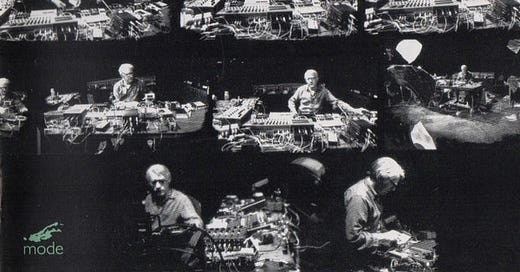


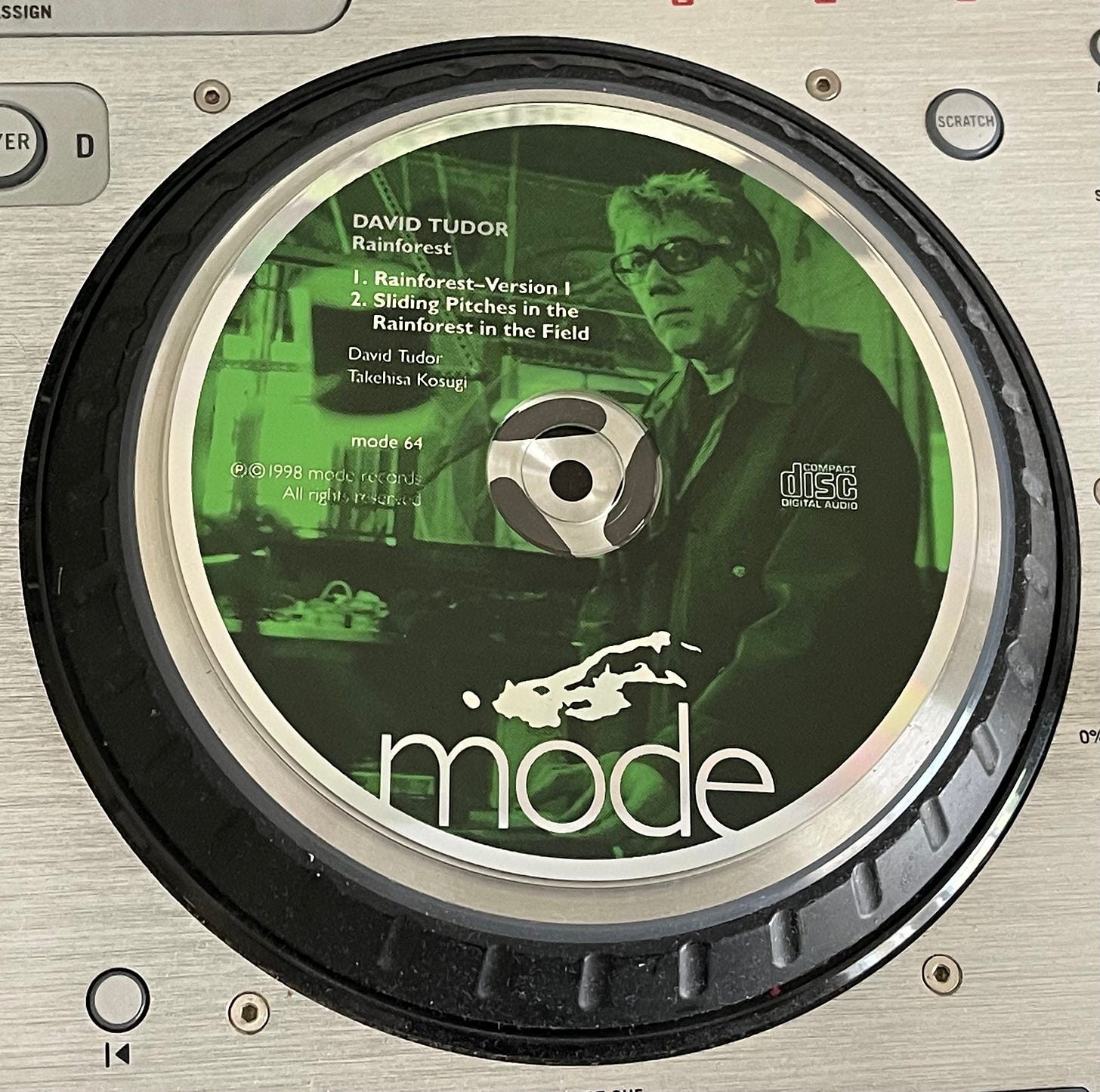


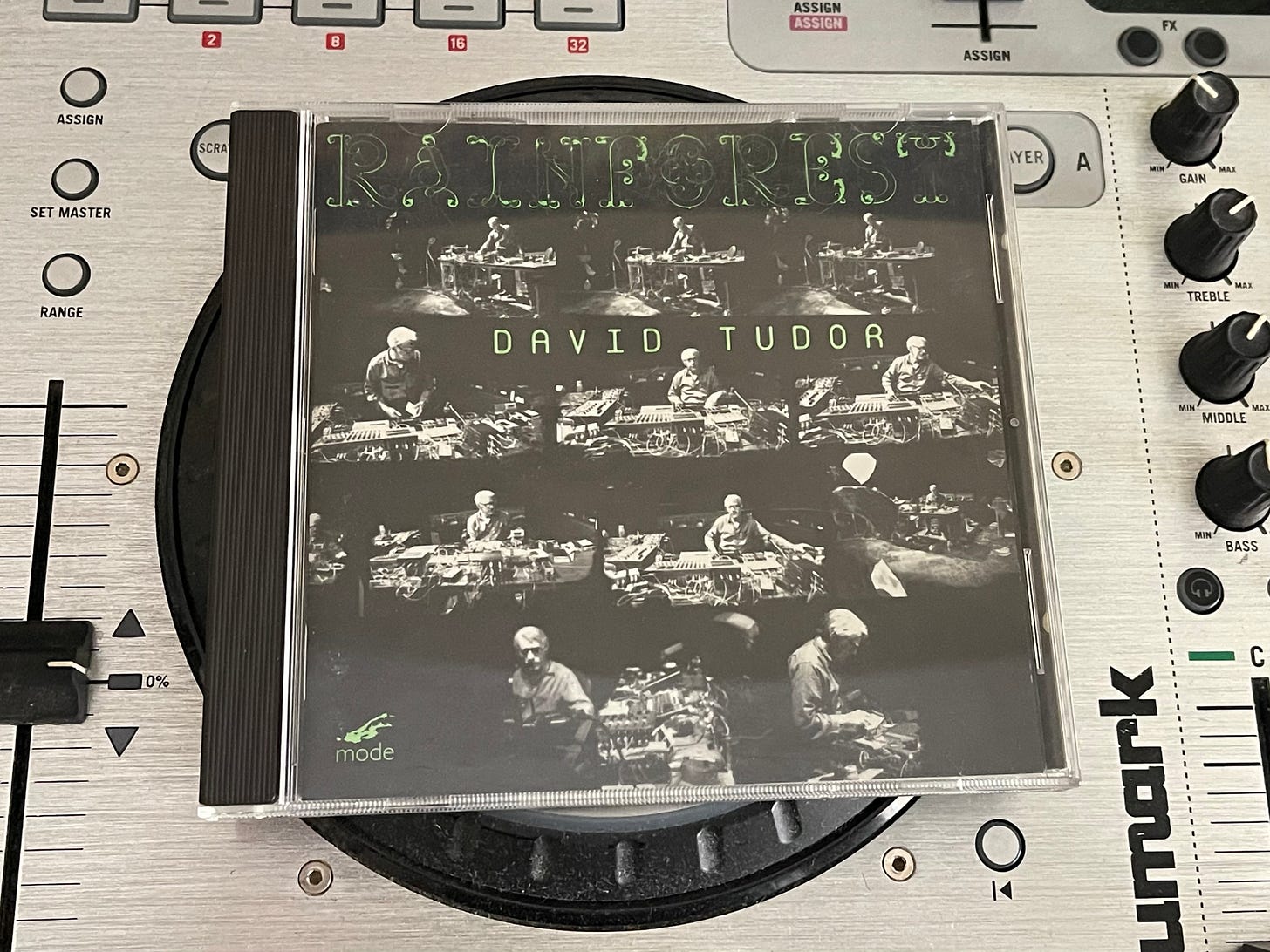

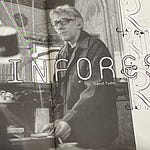



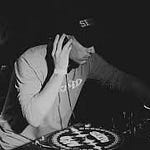


Share this post